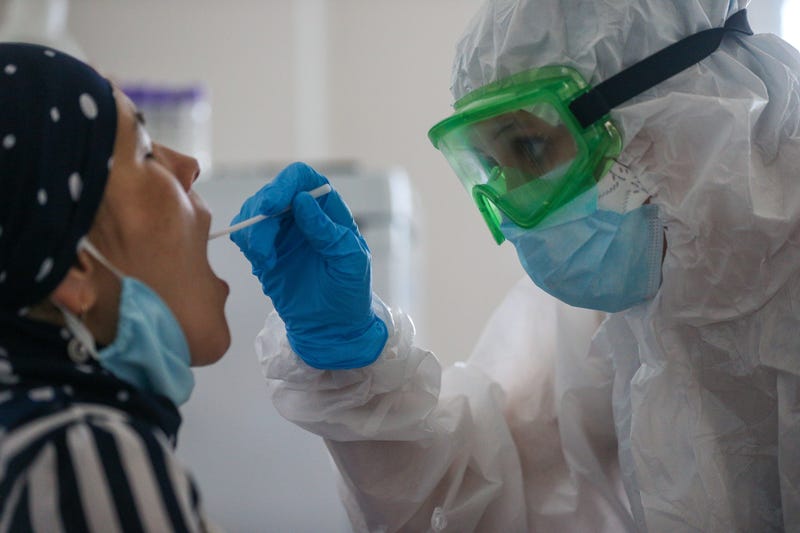
CHICAGO (WBBM NEWSRADIO) — The University of Illinois has the go-ahead to roll out a rapid, saliva-based test for coronavirus.
Federal regulators have given the U of I an emergency use authorization to run the testing system in Urbana-Champaign. The saliva-based model being developed there will offer an alternative to the current testing model standard, which involves nasal swabbing.
“This news puts the University of Illinois and the entire state of Illinois on the cutting edge of testing innovation as a national player,” Gov. JB Pritzker said at a Wednesday news conference.
Pritzker said the saliva-based test generally is cheaper and requires less raw materials, compared to the nasal swabbing model. U of I President Timothy Killeen characterized his university’s test as rapid, but did not say how quick results can be turned around.
If successful, the U of I’s saliva-based testing could be a "game-changer" that helps monitor the virus spread beyond Illinois, Pritzker said. More immediately, the U of I testing system will be used at state colleges and universities. The deployment could widen to include use at K-12 schools and nursing homes, the governor said.
Illinois government coordinates tens of thousands of coronavirus tests each day, but the time it takes to get results can vary depending on the labs processing results and other factors. There are rapid tests for nasal swabbing, but they are not as widely used.
Other researchers have been working on a saliva-based testing model.
The news about the potential U of I breakthrough comes as coronavirus numbers continue to go the wrong way for Illinois.
The Illinois Department of Public Health on Wednesday reported 2,295 new confirmed cases of coronavirus, including 25 deaths. The statewide positivity rate is 4.4%, which is nearly 2 points higher than the rate from early July.
Coronavirus metrics have worsened in the state’s Metro East area to the point where state officials have imposed stricter mitigation measures.
